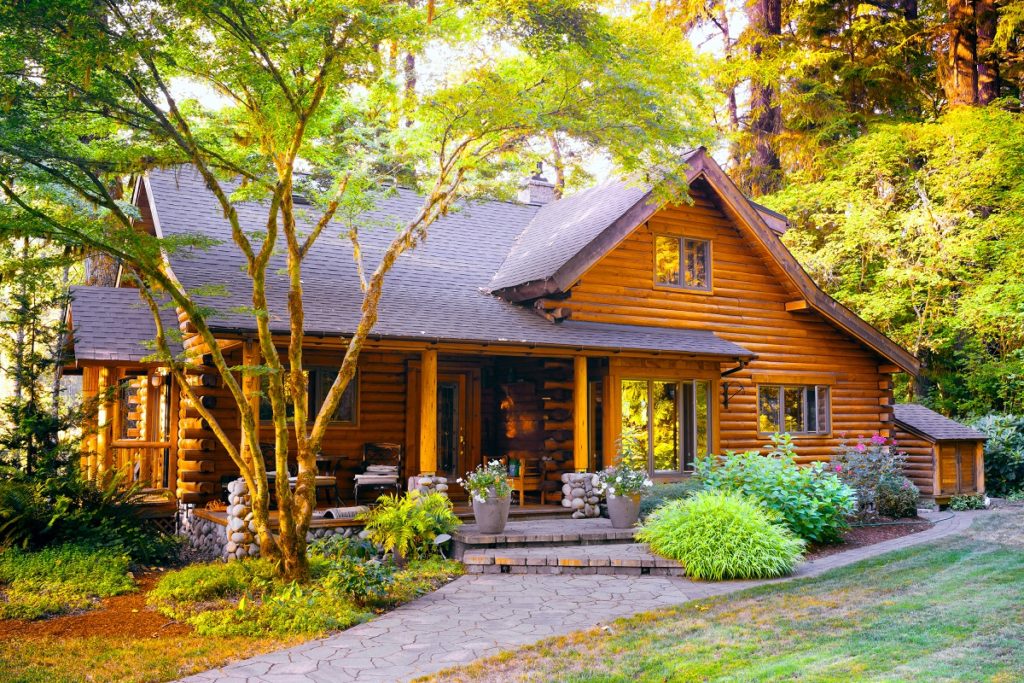Global warming has been eating into our comfort for a long time now. We see warmer days—and also warmer nights, especially during the summer. The warm season has been kicking in earlier since the past few years and lasting longer than its usual two and a half months. Average summer temperatures in 95% of U.S. cities have been rising since the ‘70s.
Homes must adapt to the effects of global warming by being heat-resistant or having features that make the place cooler or airy. If you’re still planning on a summer home improvement project, the following are good ideas.
Landscaping for Shade
Plants are known to lower the air temperature surrounding them through a process called evapotranspiration. In evapotranspiration, which happens during photosynthesis, the plants actively release water vapor into the air. The air under a canopy of trees is cooler by as much as 25 °F than the air above. A whole area of plants transpiring can, therefore, create a cooler environment.
Plant evergreen trees around your property, especially near windows facing east, so they would grow to provide shading. You may also put up a natural trellis near windows and doors, and plant vines that would crawl and flourish, creating a wall of plants that cast a shadow or shade over rooms and living areas.
Adding More Windows
Although having many windows means being exposed to the outdoor summer temperature, it also means more ventilation. Homes with few windows feel stuffy and claustrophobic. Spaces without windows are warm unless you leave the air conditioner on all day—which will be a nightmare on your utility bills.
Adding a window or two in certain parts of your home, such as the kitchen, will help release hot air from inside during the day and allow cooler air from outside at night. If you’re working at home, the natural light from your windows can help you save energy on lights. A bit of sunlight will also keep you productive throughout the day.

New Deck or Patio
Some homes are designed for cooler weather, such as those in the coldest states year-round, including Alaska, Maine, Vermont, Wyoming, and Montana. Vintage or historical homes also tend to have more walls than windows because they’ve seen relatively colder climates than what we have today.
When your home doesn’t have enough airy rooms, turn to your outdoor space. You may have a porch or patio built, where you can do specific activities in comfort, such as eating breakfast, working, reading, or watching YouTube videos. Alternatively, you may build a deck in one of your upper floor rooms for the same purpose. Other outdoor structures like these may also provide aesthetic and functional enhancements to your lawn or backyard.
Programmable Thermostat
As you already know, a regular thermostat informs you when your home achieves the temperature threshold you’ve set. The device turns on, raises, or lowers your air conditioner or heater once the indoor temperature crosses the threshold. It’s important to adjust your thermostat according to the season or prevailing outdoor temperature, so your HVAC system turns on only when needed. A regular thermostat, however, cannot adjust itself. And that’s a problem when you’re out of the house.
This is something you can do with a programmable thermostat. By setting the thermostat to trigger HVAC changes according to historical ambient temperature and your daily schedule, you can maintain an energy-efficient home without doing it manually. You may also program your thermostat such that your house will have the comfortable temperature you want by the time you get home.
Global warming has made summers warmer and longer. We have no choice but to adapt to it. With the above improvements, you can make your home more livable and tolerable during the summer months.




